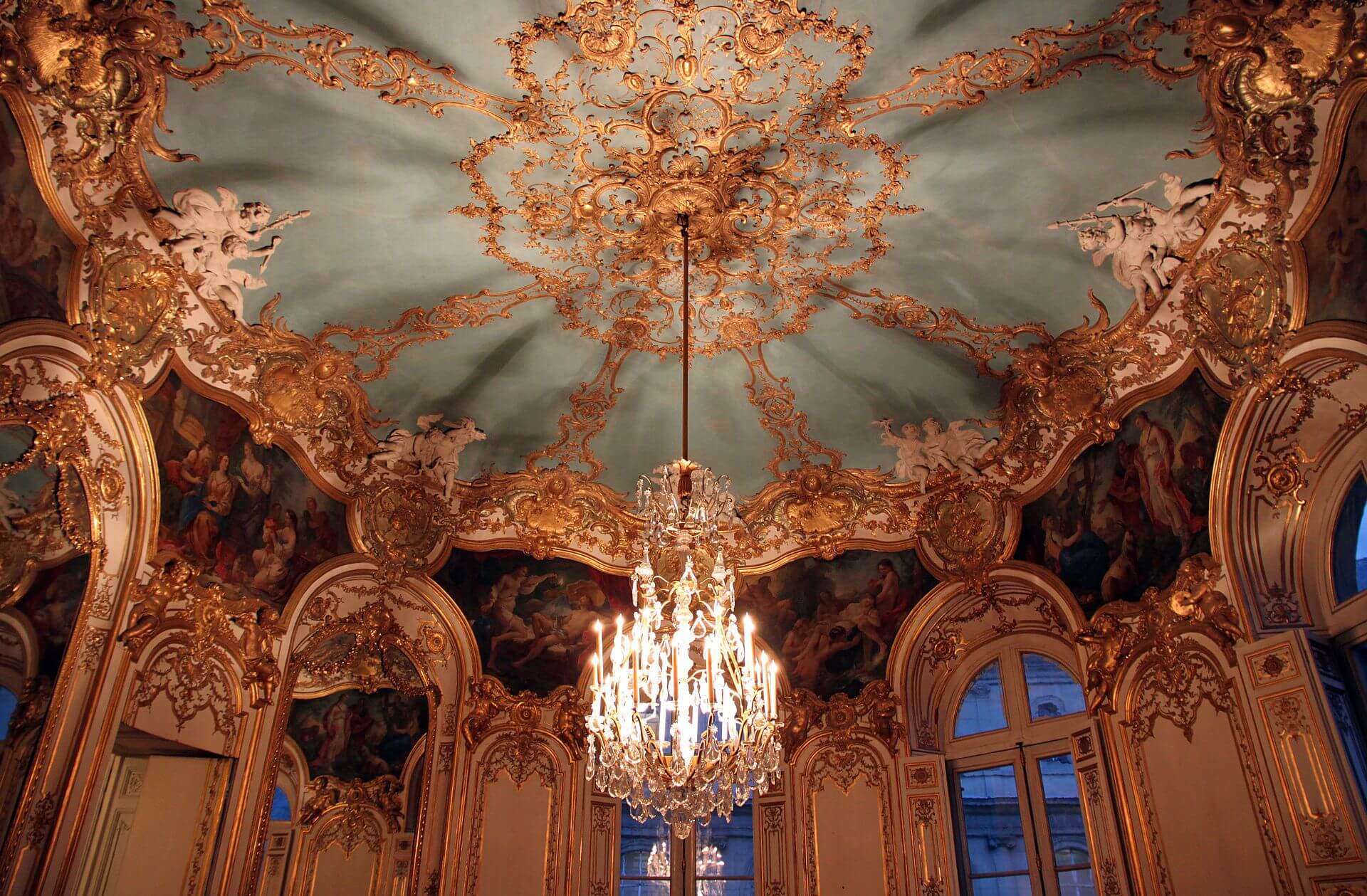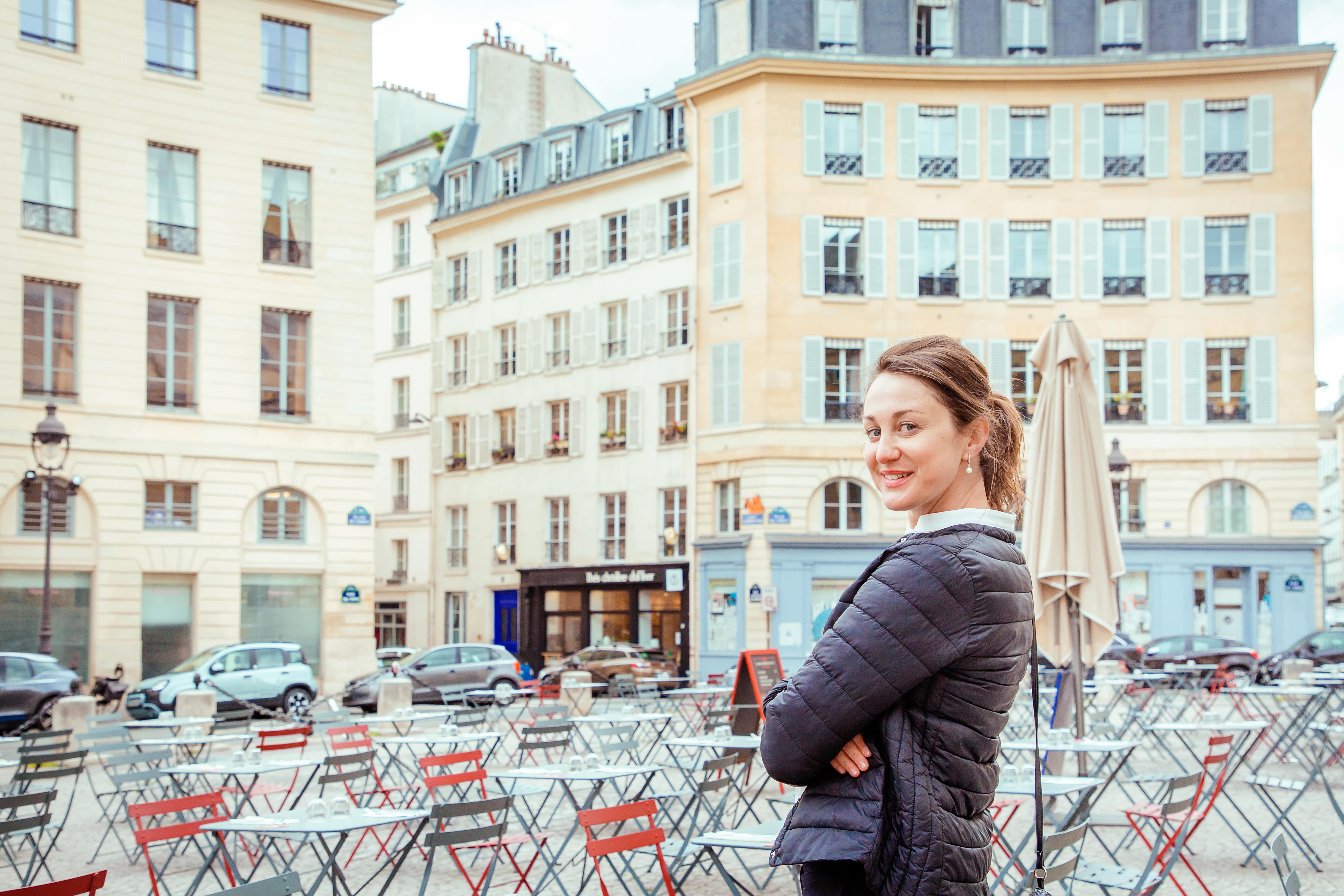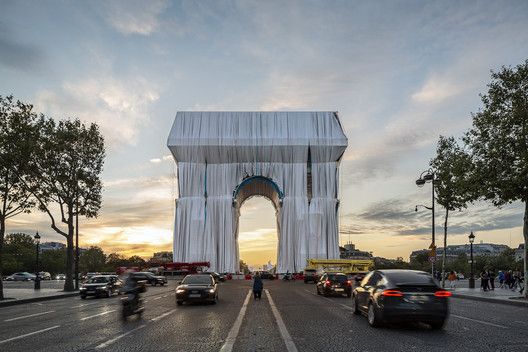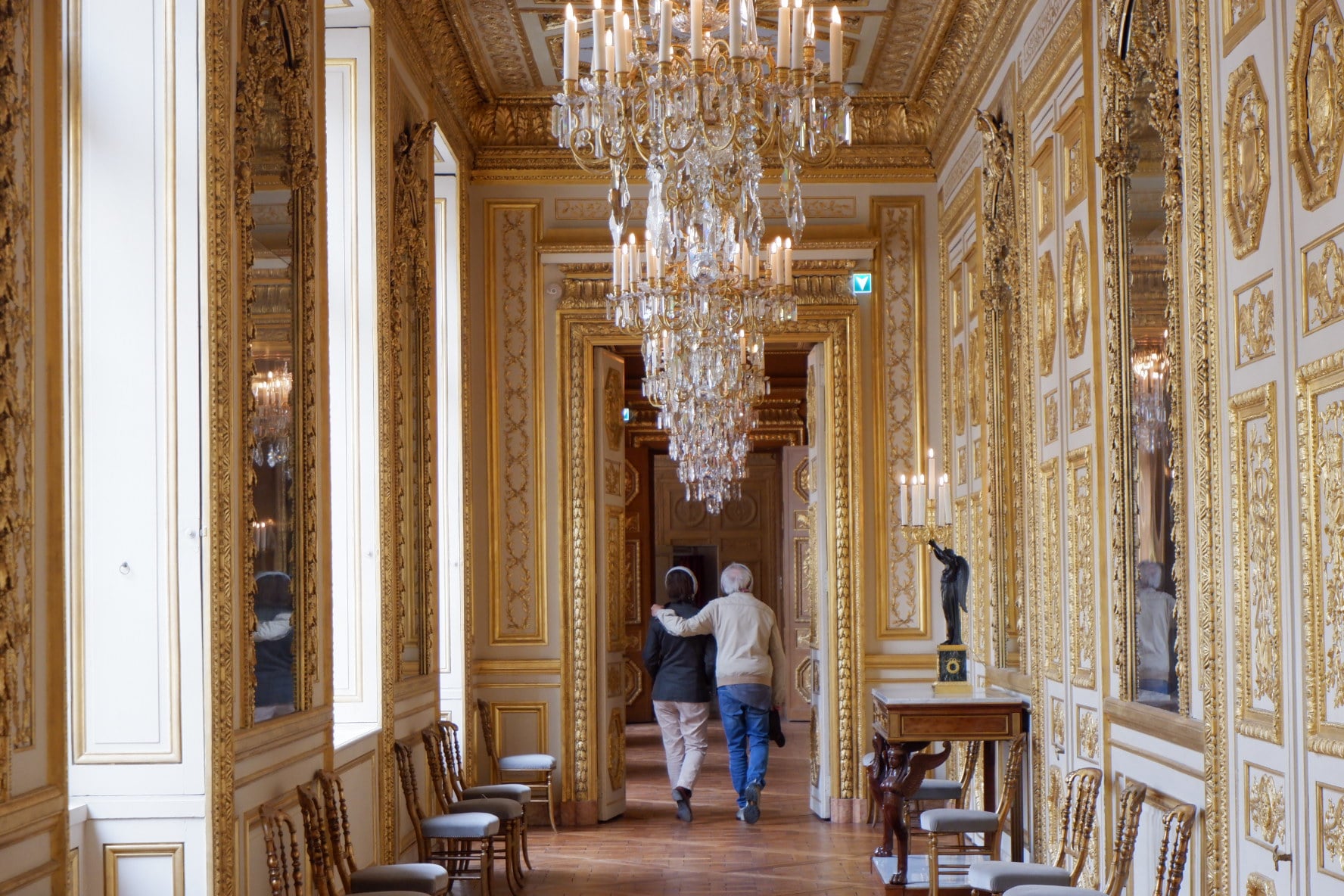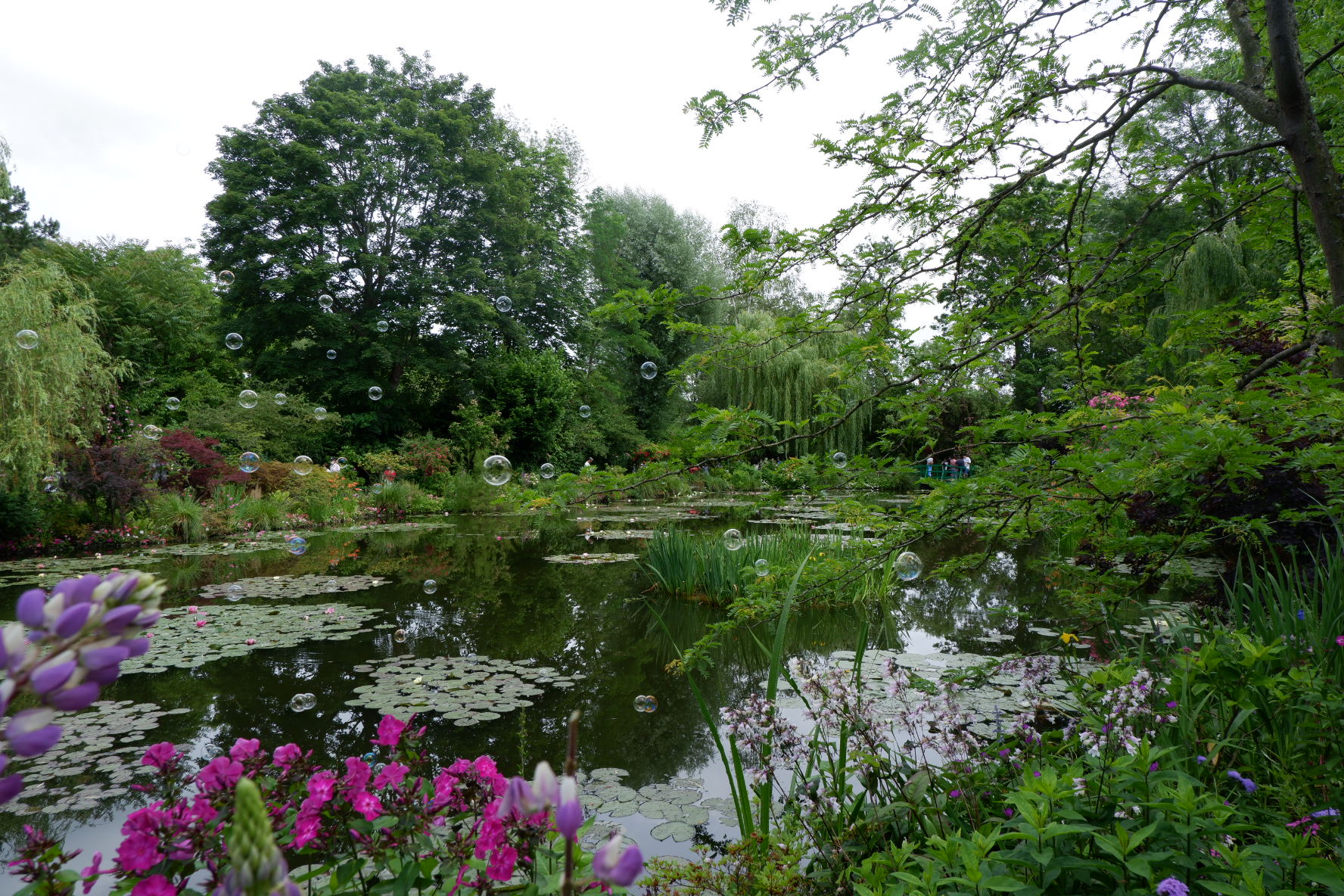L’Art de vivre
à la française
à la française
L’Art de vivre
à la française
Paris presents Rococo
Paris presents Rococo
This time I open the door to the Rococo ambiance, - Welcome!
Rococo is the younger brother of Baroque. As his parent, it is theatrical, very ornamental, even more asymmetric and dramatic. Always having a strong need to impress and amaze. The word “rococo” was first used as the variation of the French word “rocaille”. It was a decoration method using seashells, pebbles and cement. However, rococo had its own personality and style distinctive from his predecessor.
We find here new for Baroque Chinese and Japanese motifs, wider than in Baroque use of flowers and asymmetrical curves, more graceful lines. For those who like the flowering Art Nouveau, you would probably find some similar traits with Rococo.
Religious establishments open wide their arms to Rococo. Its trompe-l'œil frescoes are being depicted on the ceilings of churches to make the believer feel observed by the Saints and Angels from the immensity of the blue sky up above.
The French Rococo appeared in Paris during the reign of Louis XIV. Later this style was wildly used in noble salons for the strong esthetic effect. A nice example of it you see in the photo of the article. It is the salon of the Princess in Hôtel de Soubise designed by Germain Boffrand and Charles Natoire. As you see the French Rococo is especially marked with gilded mirrors and paintings, complex decorations made of vines, leaves, and flowers. Another excellent example of the style in Paris is L'Hôtel de Matignon; 57 rue de Varenne, in the 7e arrondissement. The ex Hôtel Particulier, is today the official working place of the actual French prime minister Jean Castex. It should be said that the exteriors of rococo are not as impressive as its interiors. For that reason don’t miss the museum of Cognacq- Jay in Paris!
The one (and not the only) who started the battle against Rococo was the mistress of Louis the XV, - Madame de Pompadour. She sends her brother the Marquis de Marigny, accompanied by the delegation of artists and scholars to Italy to see the recent discoveries at Pompeii and Herculaneum, and make a tour of other classical monuments.
They come back with a great enthusiasm about classical art. Consequently, the man becomes the general of King’s buildings and turns official French architecture toward the neoclassical style.
In the meanwhile Rococo is slowly fading. It is often being criticized by the famous philosopher Voltaire for its superficial, degenerate and even ridiculous aspect.
Napoleon the 1st government swept Rococo completely away with its utter preferences towards the neoclassical architecture.
Despite the new tendencies for the revived Greek and roman style, Rococo is undoubtedly worth admiring when you travel through time and epochs in Paris.
Soon its frivolous grotesque party will be calmed down by sober neoclassicism. But that will be our next artistic voyage…
Parigi presenta Rococo
Il Rococò è il fratello più piccolo del Barocco. Come il suo parente, è molto teatrale, ornamentale, asimmetrico e drammatico. Con un grande bisogno di stupire e togliere il fiato. La parola "rococò" è stata usata per la prima volta come variazione della parola francese "rocaille". Era un metodo per decorare con le conchiglie, ciottoli e il cemento. Tuttavia, il rococò aveva la sua individualità, distintiva dal suo predecessore.
A differenza di Barocco troviamo qui la novità per i motivi cinesi e giapponesi. Poi ci sono di più dei fiori e curve asimmetriche, linee aggraziate. Per coloro che amano l'Art Nouveau, troverà sicuramente alcuni tratti simili con il Rococò. Gli istituti religiosi spalancano le braccia al rococò. Una delle caratteristiche distintive dello style, gli affreschi “trompe-l'œil”, vengono usati sui soffitti delle chiese per far imressione d’essere osservato dal profondo del cielo da Angeli e Santi.
Il Rococò francese apparve a Parigi durante il regno di Luigi XV. Prima di tutto questo stile è stato usato nei saloni dei nobili per poter togliere il fiato dal effetto estetico spettaculare. Un ottimo esempio vedi nella foto del presente articolo. È il salone della Principessa all'Hôtel de Soubise progettato da Germain Boffrand e Charles Natoire. Il rococò francese qui è particolarmente ricco di specchi e dipinti dorati, decorazioni complesse fatte di foglie e fiori.
Un altro eccellente esempio dello stile Rococo a Parigi è L'Hôtel de Matignon (57 rue de Varenne, nel 7e arrondissement) L’ex Hôtel Particulier è oggi il luogo di lavoro dell'attuale primo ministro francese Jean Castex. Ma devo ammettere che gli esterni del rococò non sono così impressionanti come i suoi interni. Quindi non perdetevi dalla vista il museo di Cognacq-Jay, - è un posto perfetto per godere la perfomance di Rococò a Parigi.
La prima a cominciare la guerra contro il rococò era l'amante di Luigi XV, Madame de Pompadour. La favorite del re manda il suo fratello in Italia per scoprire i nuovi sviluppi artistici del paese. Lui ritorna con una grande passione per l'arte classica. Di conseguenza, diventa il generale degli edifici del re e trasforma l'architettura francese ufficiale verso lo stile Neoclassico.
Il Rococò viene spesso criticato e ridicolizzato da Voltaire per la sua superficialità e degenerazione. Ero il Napoleone il primo col suo governo che spazzò via completamente il rococò stabilendo moda per lo stile nell’architettura del Grande Empiro Romano.
Nonostante le nuove tendenze verso il Classicismo, il Rococò merita senza dubbio di essere ammirato e amato quando si viaggia attraverso il tempo e le epoche. Presto il culmine della sua passione sarà placato dal neoclassicismo. Ma questo ci sarà il nostro prossimo viaggio artistico e culturale…


